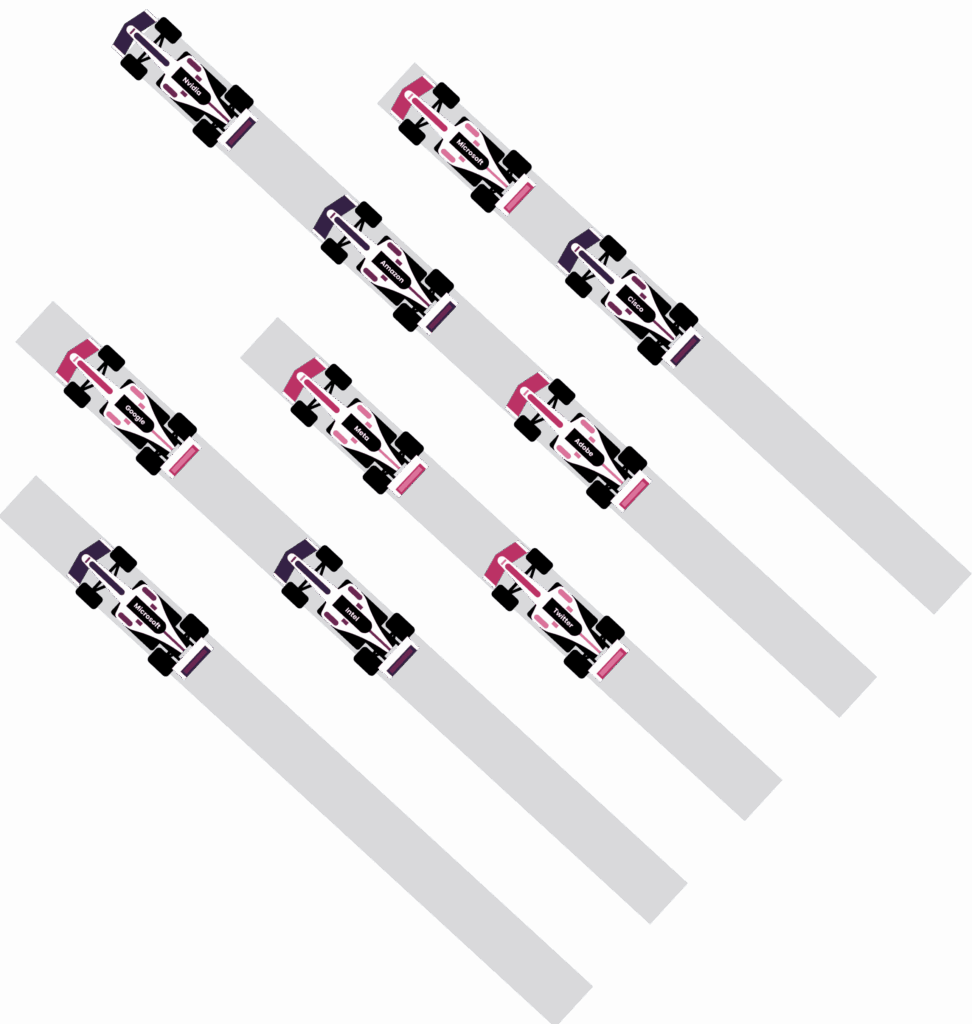
Auto Insurance Solution: Connected Cars X
Connected Cars X helps agents to set the smart coverage for aggressive drivers and help regular drivers to save on auto insurance. The solution consists of a Secure Telematics Hardware

The client has a production of souvenirs that represent a translucent cube with a custom 3D sculpture of a human head. The global goal of the customer was to reduce human labor and the time of 3D designers’ work.
One of the most interesting tasks of AI is a 3D head reconstruction service. This task is especially important for creative design agencies that provide branding, advertising, graphic design, and virtual modeling services.
Our client has a production of souvenirs that represent a translucent cube with a custom 3D sculpture of a human head. The agency has 100+ in-house 3D designers to process every image manually. In the past, the flow used to involve designers processing images from clients. The pictures were of poor quality, from social networks or family albums.
Then designers took stock prop of heads, hands, torsos, etc., and sculpted a 3D model that suited the sent image as much as possible. The image was overlaid on top of the created model as a texture. Every image took 15 minutes to process.
The main goal of our customer was to reduce human labor and the time spent by 3D designers.
The customer’s agency had 100+ in-house 3D designers to process every image. In the past, the flow used to involve designers processing images from clients. The pictures could be of poor quality, from social networks or family albums.
Then designers took stock prop of heads, hands, torsos, etc., and sculpted a 3D model that suited the sent image as much as possible. The image was overlaid on top of the created model as a texture. Every image took 15 minutes to process.
– Help designers save time on creating 3D models of the person’s head, i.e. programmatically generate a 3D model using one photographic shot.
– The 3D head model includes a face, skull shape, ear shape, teeth, tongue, and an emotional expression, without hairline, beard, eyebrows, or mustache.
– The client was looking for fast AI-enabled 3D reconstruction, within a few months.
– We got a task to research if per-pixel accuracy was possible.
We did not take data from designers because they considered the visible side of the head only, thus their 3D models were not symmetrical and had a non-constant number of vertices.
So, to develop this automated 3d modeling service for designers, we had to use something other than the state-of-the-art solutions like 2D to 3D neural networks because:
– we were missing a proper dataset,
– the neural network had a huge size and an enormously long training time,
– even the state-of-the-art solution had quite low-quality results for the provided examples.
– Retrain the FAN2D network;
– Fix the heatmap generation;
– Annotate cheeks landmarks on the 3D head;
– Generate several samples of synthetic 3D heads with different orientations, genders, and skin colors (textures);
– Final fine-tuning of the existing FAN2D model.
Principal Component Analysis (PCA) is the most widely used tool in exploratory data analysis and in machine learning (ML) for dimensionality reduction. In our case, one PCA component is a set of vectors per vertex. The factor/scalar for one component is the same for all vectors belonging to this component.
Hence, if we found a proper factor for one vertex of the component, we found it for all of the other vertices of the same component.
It helped us to limit the vertices for landmarks only and significantly reduced computational cost.
The final digital sculpting and reconstruction tool includes the following:
– Applies rotation to the reference 3D model;
– Estimates the 3D model scale by 2D landmarks;
– Constructs a loss function (distances between 2D landmarks and projected 3D landmarks);
– Uses SGD to find the best scalar for each PCA component and to make the final fit of 3D and 2D landmarks.